Why all women aren’t so curvy, and more
When asked to choose the most attractive female physique, men around the world are drawn to an hourglass figure, with a waist-to-hip ratio of about 0.7.
Why all women aren’t so curvy
When asked to choose the most attractive female physique, men around the world are drawn to an hourglass figure, with a waist-to-hip ratio of about 0.7. But hourglass figures are quite unusual—far more prevalent on the pages of magazines than among real women. Why is it that the sexual ideal and the average body aren’t the same? A new University of Utah study of women’s figures in dozens of countries has concluded that what men want and what’s best for women are not necessarily the same. Women with hourglass measurements—with large breasts, wide hips, and small waists—tend to be more fertile, studies have found. That’s probably why men have come to prefer them. But the high estrogen levels indicated by a tiny waist and big hips have a downside: They do not lend themselves to muscular strength or endurance. Women with more straight up-and-down figures have more male hormones such as testosterone, which are invaluable in stressful situations, when food is scarce and survival is tenuous. “Waist-to-hip ratio may indeed be a useful signal to men,” explains study author Elizabeth Cashdan. But to survive, women also need “to be strong, tough, economically successful, and politically competitive.” In the evolution of the female body, Cashdan says, “men’s preferences are not the only thing that matters.”
The Freaky Friday illusion
The Week
Escape your echo chamber. Get the facts behind the news, plus analysis from multiple perspectives.

Sign up for The Week's Free Newsletters
From our morning news briefing to a weekly Good News Newsletter, get the best of The Week delivered directly to your inbox.
From our morning news briefing to a weekly Good News Newsletter, get the best of The Week delivered directly to your inbox.
Have you ever wanted to swap bodies with someone else, or see yourself as others see you? It’s now possible, at least as an illusion. Using video headsets, neuroscientists at Sweden’s Karolinska Institute were able to trick volunteer subjects into feeling that they’d swapped bodies with mannequins. Subjects were placed in a room with a life-size mannequin, and fitted with a video headset that allowed them to see the room as if through the mannequin’s eyes. When they looked down, they saw the body of the dummy. Looking forward, they saw an image of their own, real body. This “body swap” illusion allowed them to shake hands with an image of themselves. Within minutes, the sensation of seeing the world from the mannequin’s perspective dramatically changed how the subjects’ brains perceived the world. When subjects saw a researcher touching the dummy, for example, they came to “feel” the researcher’s touch as if they were sensing it with their own skin. “It feels like I’m the mannequin,” one volunteer reported. “Wow, this is cool.” The experiment shows that the boundary of the “self” isn’t as solid as you might think, study leader Henrik Ehrsson tells New Scientist. “By manipulating sensory impressions,” he says, “it’s possible to fool the self not only out of its body but into other bodies, too.”
The jet lag pill
A cure for jet lag may be on the way, says the Los Angeles Times. A new study by Boston researchers found that the drug, tasimelteon, enabled people who went to bed five hours earlier than usual—mimicking the effect of flying to a different time zone—to fall asleep more quickly and to stay asleep longer. In resetting the body’s circadian rhythms to a new time zone, the drug acts like the natural hormone melatonin, so it’s not addictive like many prescription sleep aids. “This is a very promising first step,” says Dr. Jay Udani. Next, he says, field research is needed to “prove that it works for jet lag or shift workers” in real-life situations.
Blueberries revive memory
A free daily email with the biggest news stories of the day – and the best features from TheWeek.com
People of a certain age who are finding that they often forget familiar names and numbers might start eating blueberries, says BBCnews.com. Blueberries have long been considered a “superfood” because of their high levels of antioxidant chemicals called flavonoids. Now British scientists have discovered that a daily dose of blueberries can also increase memory capacity, and might even be able to stave off degenerative brain diseases such as Alzheimer’s. “A diet-based approach could potentially be used to increase memory capacity,” says lead researcher Dr. Jeremy Spencer.
Young and a little crazy
Nearly 20 percent of young adults have a significant mental-health problem, says a new study. In the most extensive study of its kind, involving face-to-face interviews with 5,000 men and women between the ages of 19 and 25, Columbia University researchers found a troubling array of personality disorders that interfered with daily life. The majority of people with such disorders have never been treated, the study says, and many turn to alcohol and other drugs to cope with their problems. Researchers found that 8 percent of young people had obsessive-compulsive disorder (OCD), 12 percent had recognizable anxiety disorders, 8 percent had significant phobias, and 7 percent were struggling with depression. An additional 20.7 percent were classified as “problem drinkers,” frequently getting drunk as a means of escaping stress. Dr. Mark Olfson of Columbia says that people in this age group feel tremendous stress from competing in college, starting careers, and developing romantic relationships. “While all of these circumstances offer opportunities for growth,” he says, they can also make young adults a little unhinged.
-
 Heavenly spectacle in the wilds of Canada
Heavenly spectacle in the wilds of CanadaThe Week Recommends ‘Mind-bending’ outpost for spotting animals – and the northern lights
-
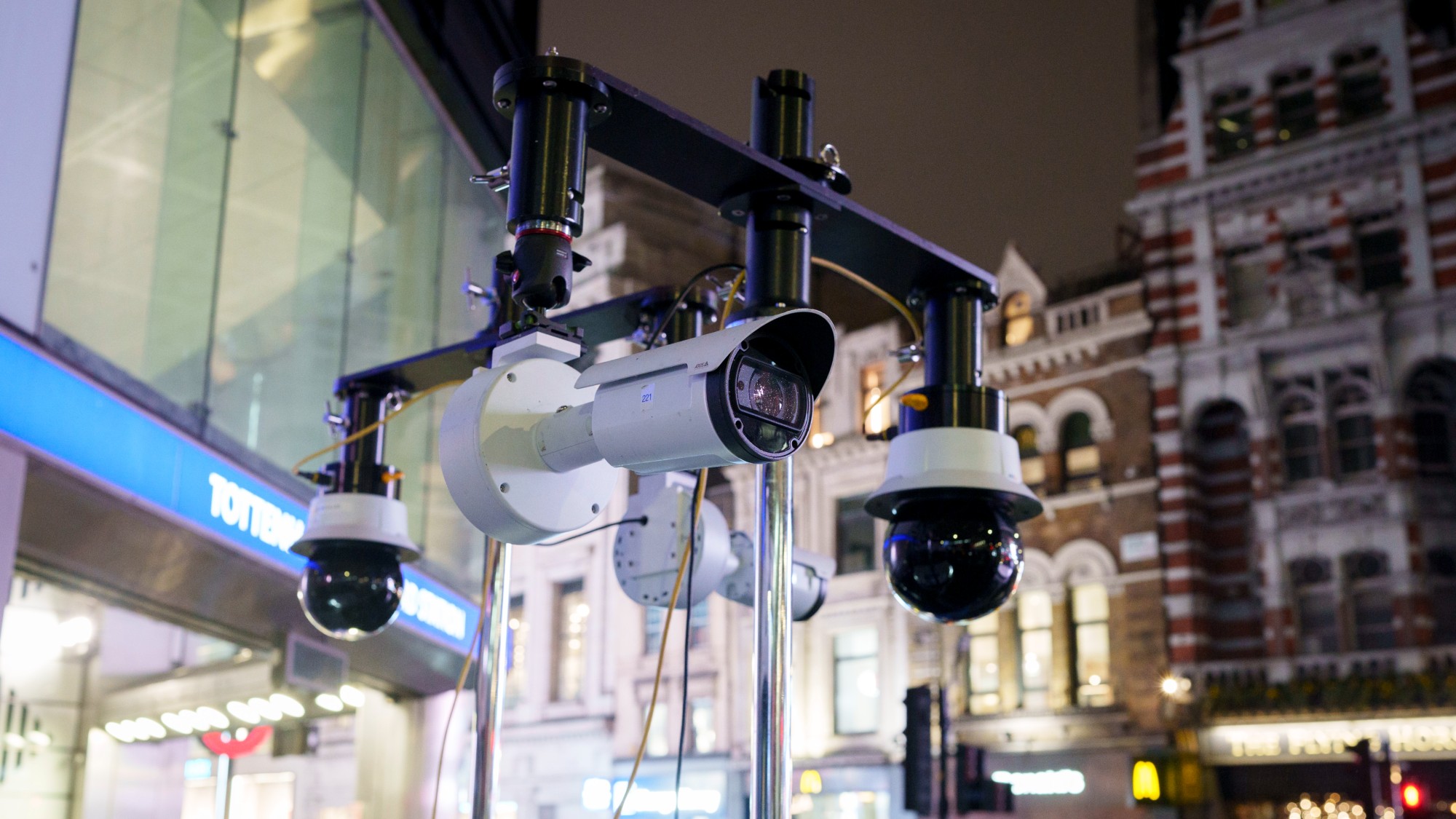 Facial recognition: a revolution in policing
Facial recognition: a revolution in policingTalking Point All 43 police forces in England and Wales are set to be granted access, with those against calling for increasing safeguards on the technology
-
 Codeword: December 14, 2025
Codeword: December 14, 2025The daily codeword puzzle from The Week
-
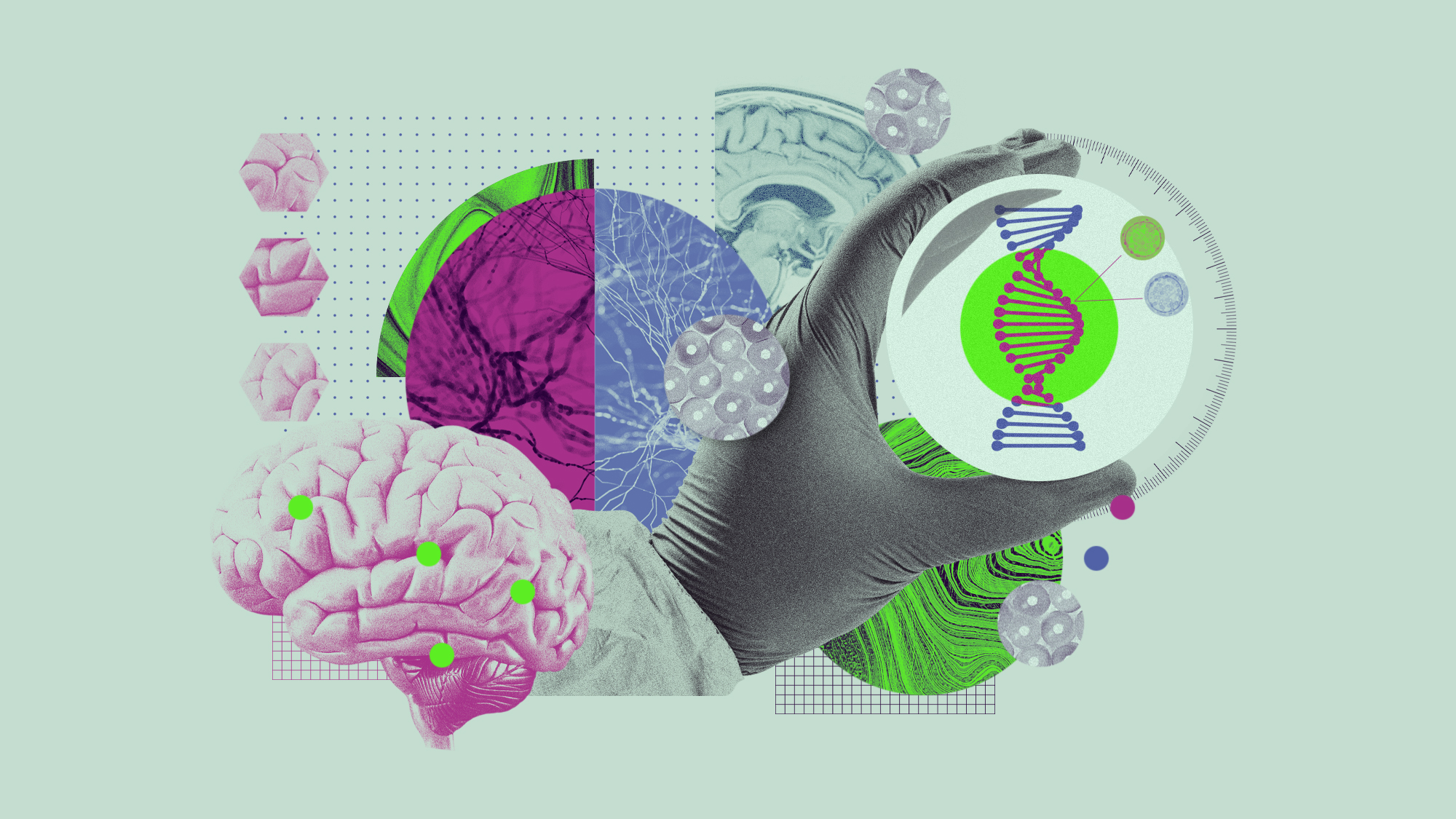 5 recent breakthroughs in biology
5 recent breakthroughs in biologyIn depth From ancient bacteria, to modern cures, to future research
-
 Bacteria can turn plastic waste into a painkiller
Bacteria can turn plastic waste into a painkillerUnder the radar The process could be a solution to plastic pollution
-
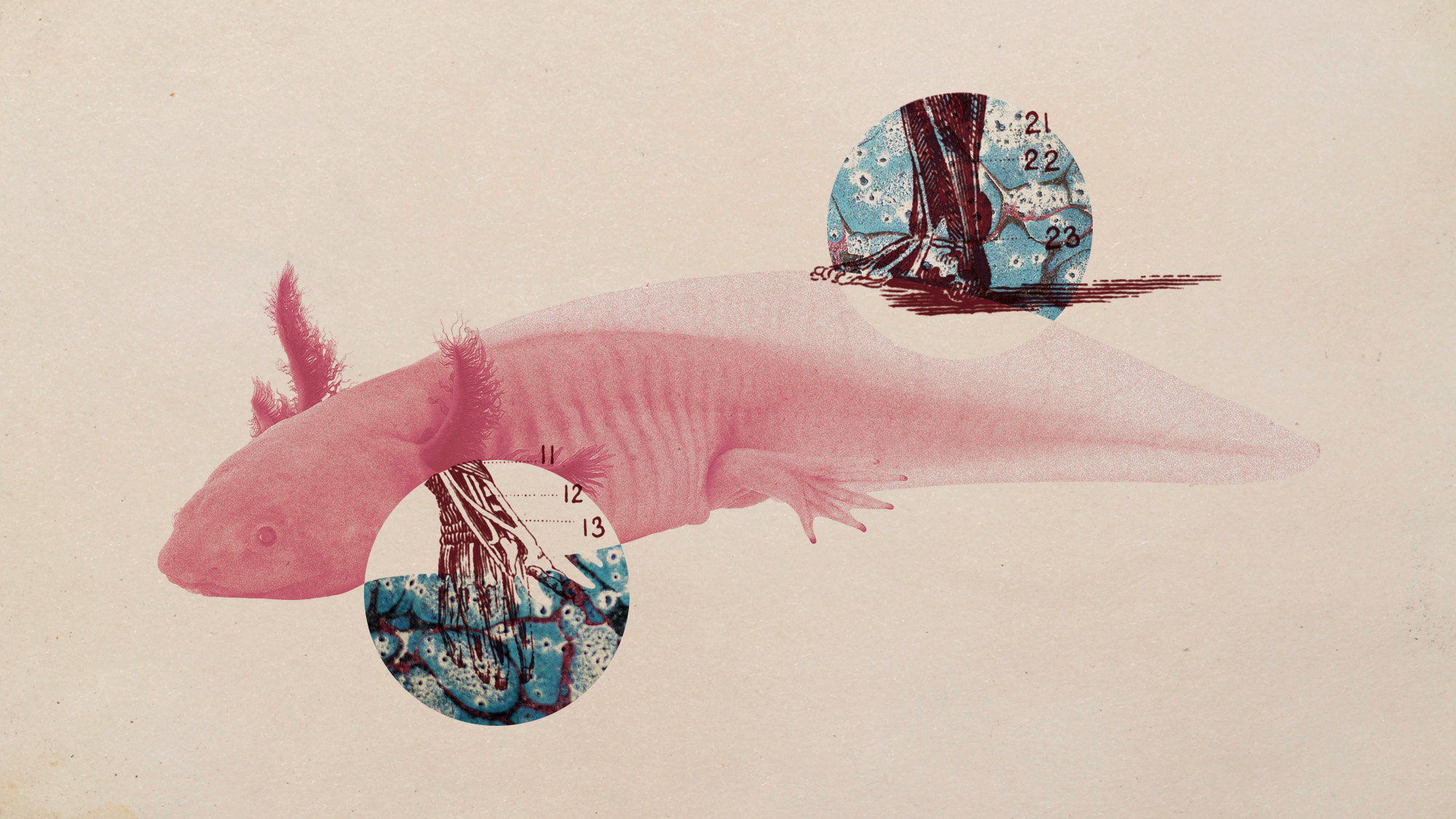 Scientists want to regrow human limbs. Salamanders could lead the way.
Scientists want to regrow human limbs. Salamanders could lead the way.Under the radar Humans may already have the genetic mechanism necessary
-
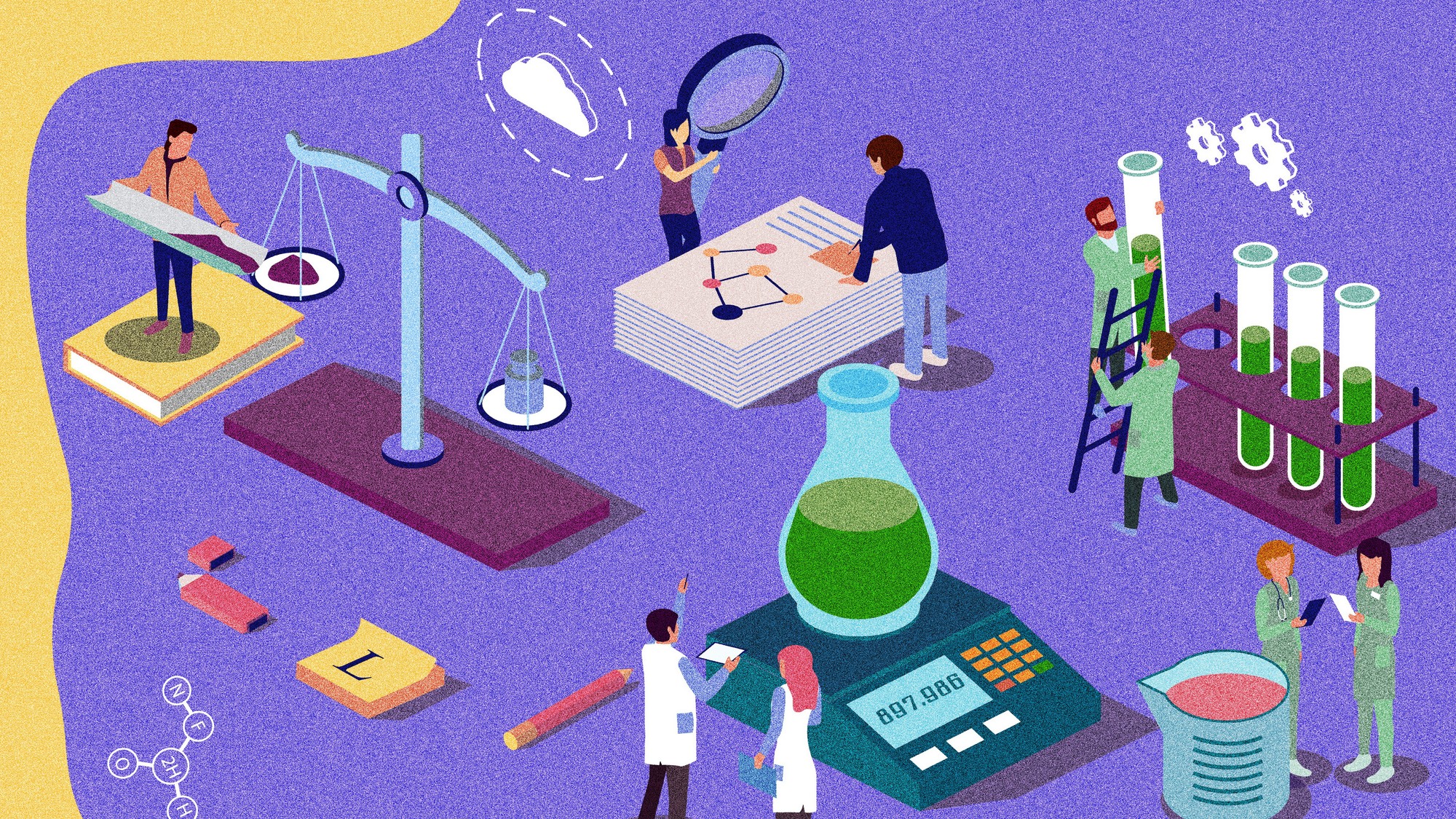 Is the world losing scientific innovation?
Is the world losing scientific innovation?Today's big question New research seems to be less exciting
-
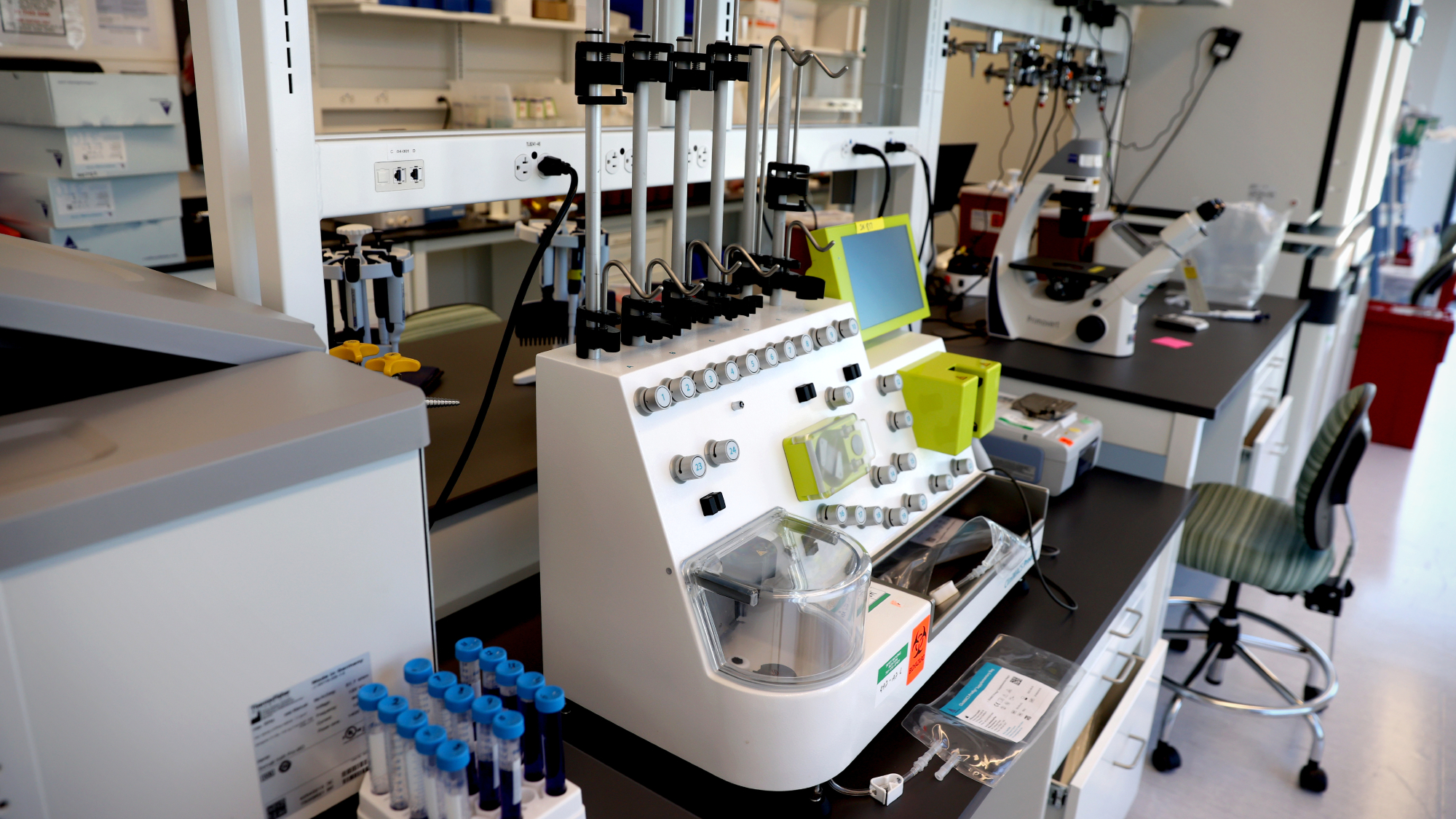 Breakthrough gene-editing treatment saves baby
Breakthrough gene-editing treatment saves babyspeed read KJ Muldoon was healed from a rare genetic condition
-
 Humans heal much slower than other mammals
Humans heal much slower than other mammalsSpeed Read Slower healing may have been an evolutionary trade-off when we shed fur for sweat glands
-
 Scientists map miles of wiring in mouse brain
Scientists map miles of wiring in mouse brainSpeed Read Researchers have created the 'largest and most detailed wiring diagram of a mammalian brain to date,' said Nature
-
 Scientists genetically revive extinct 'dire wolves'
Scientists genetically revive extinct 'dire wolves'Speed Read A 'de-extinction' company has revived the species made popular by HBO's 'Game of Thrones'